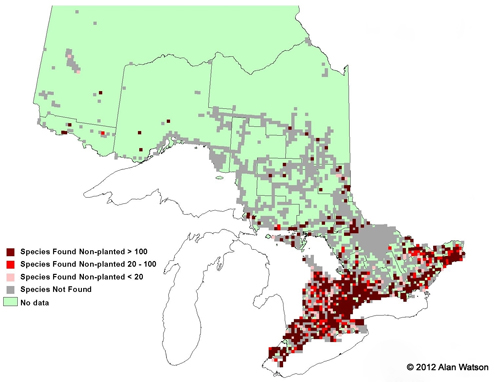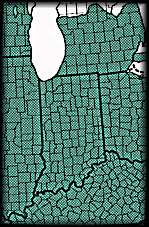

Norway maple is classified as invasive in 20 Northeastern U.S. 2008), and can become dominant in mesic (moist) soils where Acer saccharum (sugar maple) would otherwise grow. In the past 20–30 years, Norway maple has naturalized widely in North America, particularly in urban woodlots and forest edges (Barnes and Wager 2004, Cincotta et al. Maples were classified in their own family, Aceraceae, but are now generally included in Sapindaceae (Stevens 2001)-see Systematics. The fruit, produced in large amounts, is generally a pair of widely diverging samaras (hard nutlets with winged seeds) clusters of three samaras sometimes occur. The flower clusters, which appear in early spring before leaves have emerged, are larger and more conspicuous than in many North American maples. The yellow to yellow-green flowers, with 5 petals and 5 petal-like sepals, are each 3–4 mm long and occur in corymbs of 15–30 together.

The tree grows 20–30 m tall with a trunk up to 1.5 m diameter.

The leaves are opposite and palmately lobed with five coarsely toothed lobes petioles are 8–20 cm long.
#Norway maple range map free
Its many cultivars are widely planted in North America as a lawn, park, and street tree because they are hardy and cold resistant, tolerate pollution, soil compaction, and other urban conditions, and are relatively free of insect pests and diseases. It is part of the Acer family, or the Maple family.Īcer platanoides, Norway maple, is a medium to large deciduous tree native to northern and central Europe and western Asia (Barnes and Wagner 2004). Acer platanoides ( Norway maple) is a species of maple native to eastern and central Europe and southwest Asia, from France east to Russia, north to southern Scandinavia and southeast to northern Iran.


 0 kommentar(er)
0 kommentar(er)
